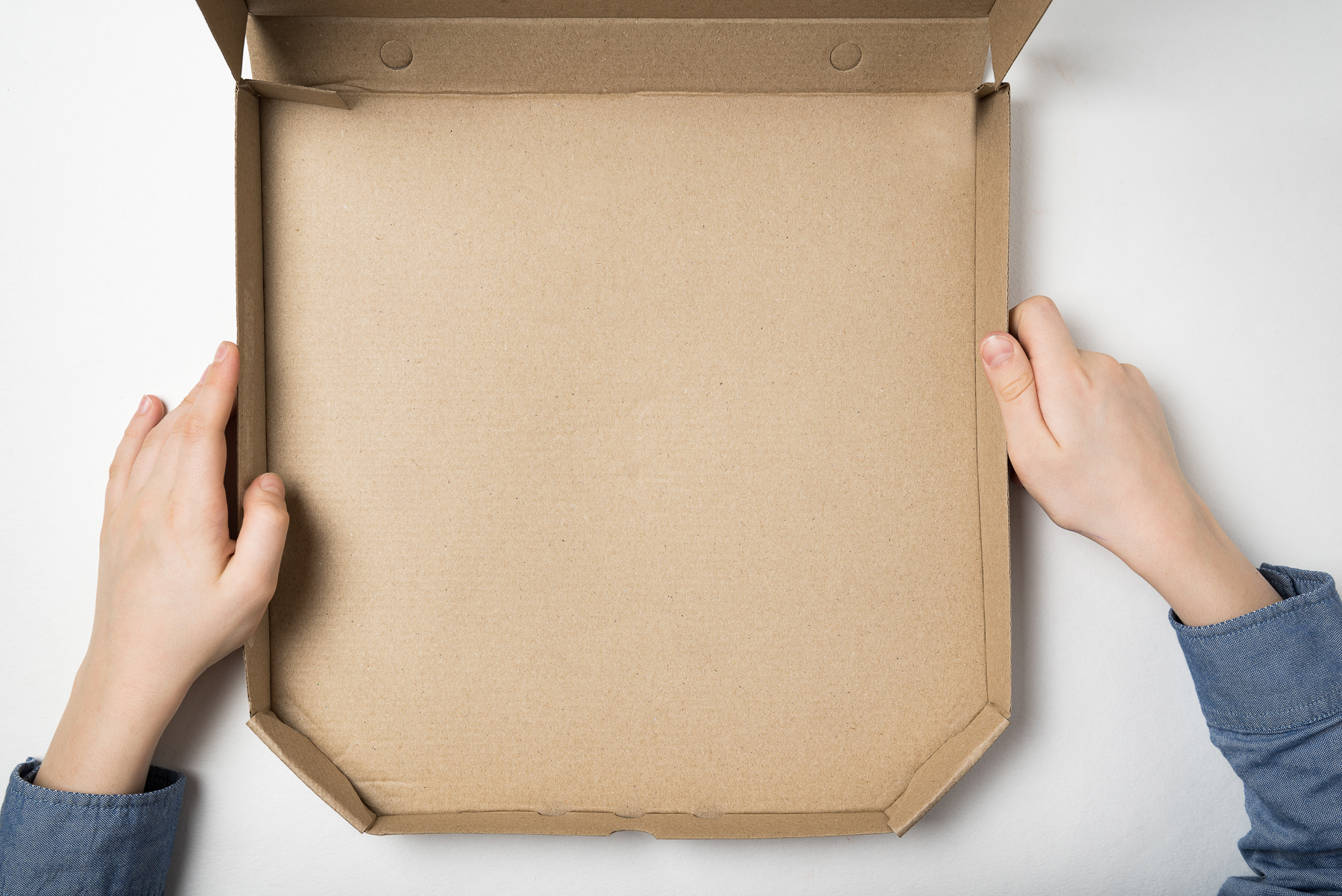Delivery services and e-commerce have seen a jump in demand as more people than ever are working, learning and socialising from home. This increase in online shopping has a downside, however – a corresponding rise in waste. These interrelated trends have shone a spotlight on the role of packaging. How a product looks – and ships – plays an essential role in the decision to buy an item, the process by which it arrives at a home and the way it eventually leaves. With the at-home economy likely to continue at least in the near future, increasing the sustainability of packaging will be key to reducing the carbon footprint of e-commerce.
In search of safe and sustainable food packaging

What IS the box?
To understand how packaging can be made more sustainable, it’s important to examine the primary concerns that go into deciding what sort of packaging to use. The needs of the product and the type of retail channel are the starting point.
“Conventional characteristics like price, aesthetics, and performance are always taken into consideration,” says Adam Gendell, Associate Director at the Sustainable Packaging Coalition. “Packaging can serve to protect and preserve the product, market the product, communicate health and safety information about the product, and for certain products, can serve to provide theft prevention, child safety, dosed dispensing and more.”
The main challenge is designing packaging that works for both bricks-and-mortar retail and e-commerce. Gendell believes that this balance has flipped and that designing packaging for e-commerce is starting to take precedence over packaging that works on store shelves. This could be good news for many categories of products since e-commerce eliminates the need for packaging to provide marketing, which means that packaging can be stripped down to its core function of containing and protecting the product during transportation.
Barrier papers offer a much needed alternative to plastic
However, Luc Speisser, Group Chief Innovation Officer at Landor and FITCH Global, notes that packaging is “more than just casing to allow for easy transportation and storage of products.” The “unboxing” trend (exactly what it sounds like: people opening boxes and narrating their actions) demonstrates that it’s also an important brand touchpoint.
Gendell agrees that every packaging material can be advantageous or disadvantageous depending on the package design, the product being packaged, the type of retail channel and other factors.
“We often say there’s no such thing as a good or bad material – only good or bad designs. For many packaging applications, paper-based packaging can be advantageous, and for others, plastic-based packaging can be best. This is true for all materials, including glass, steel, aluminium and more. Depending on the package design, trade-offs can include carbon footprint, packaging weight, recyclability, toxicity – any packaging material can introduce a trade-off in any performance, aesthetic, economic, or environmental attribute,” Gendell explains.
Paper packaging going fully circular
More than just material
For Speisser, packaging choices are more than paper or plastic. Increasingly, packaging is “in the firing line” as the traditional practical and emotional considerations are being balanced with environmental concerns, with companies facing a strong demand from consumers to operate sustainably. This has made many brands “race to show they are doing something,” Speisser says. Companies are considering the need to rethink their whole supply chains – from storage to transportation, delivery in the final mile and even consumer behaviour around purchasing and returns. Using new types of packaging is often the easiest way for a company to show it is taking action.
Gendell says that companies are approaching this push from consumers in different ways.
“Most companies that address the environmental considerations of packaging aim to build a story that is accessible by the general public, with narratives around recycling, using less packaging, preventing deforestation and other concepts that consumers can easily relate to. Within this trend, there’s a trend of making improvements that go beyond these more tangible concepts. More and more companies are addressing carbon footprints, toxicity, volumetric efficiency, and other areas that may not directly translate into a mass-marketable story,” Gendell notes.
UPM BioVerno tested in Paulig’s coffee packaging
But standing up on the issue of sustainability is not enough; companies have to stand out too. Here, collective intelligence plays a vital role. Landor and FITCH, for example, sees it as vital to bring together an ecosystem of minds, including packaging technologists, design specialists, supply chain, procurement, brand, marketing, sustainability experts, and a constellation of expert partners. Through this collective process, Speisser explains, “we not only imagine but, most importantly, improve.”
Read also The future of food labels
Consumer paradox in corona times
According to Gendell, the effects of the pandemic on packaging design choices are still being understood. Although consumer awareness and sustainability concerns have been rising in recent years, some believe the Covid-19 pandemic has caused a consumer paradox. On the one hand, there are demands for sustainability in terms of packaging, on the other hand, Speisser points out, we are seeing a renewal of mass consumerism motivated by convenience and safety.
“The pandemic has resulted in a backtrack in progress on single-use plastics. For example, we are being told to dispose of face masks after use to stay safe,” Speisser says. “Likewise, many people still do not feel safe or comfortable visiting a physical store and so choose to shop online. And e-commerce has been so good at removing the barriers to purchase, meeting buyer demand for immediacy and ensuring clothes fit and look good by allowing multi-buys and free returns. However, this has an enormous impact on the environment and online brands now have a responsibility to change consumer behaviour to reduce this impact.”
Luckily, there have been tremendous gains in designing product packaging that is suitable for transportation on its own, which has the potential to eliminate the infamous dilemma of box-in-a-bigger-box shipping, Gendell argues. The way forward for sustainability in the packaging industry will boil down to technology, collective intelligence and a real commitment to the goal.
“Brands need to go further and influence consumer behavioural change, encouraging customers to use this technology,” Speisser concludes. “Once again, any solution will require enormous collective intelligence. However, we should not be fazed by this challenge. We believe that small changes can make an immediate difference. For sustainability to be achieved, and for it to be truly sustainable, it must benefit people, planet and profit. Brand-led sustainability is the key to transform doing good into a competitive advantage.”
Text Maria Stambler
Photography iStock
Read more about our packaging solutions
